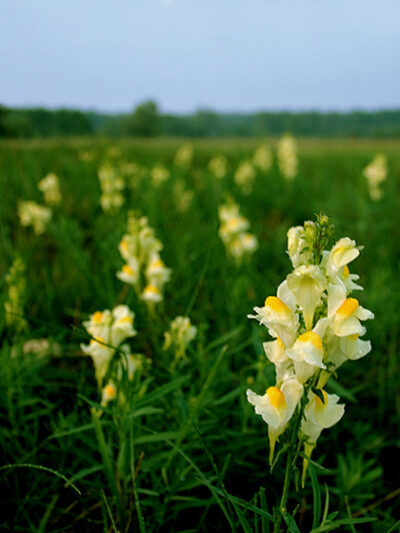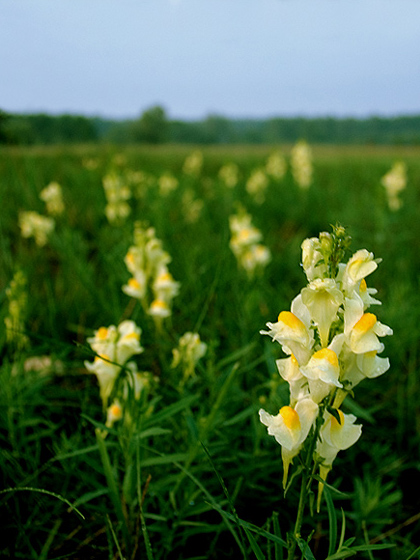BY BLAINE BUG CREW
 Now that school is out, the Blaine Bug Crew is back in the field. One of the earliest noxious weeds we work with is Dalmatian toadflax. This weed sprouts shortly after the snow leaves. The cold nights of spring don’t seem to hold it back at all. This noxious predator is one of the most beautiful plants in Idaho but, boy, is it invasive. People have even picked it as a wildflower along trails, not realizing the noxious potential of this yellow beauty. Once you get to know more about this plant, you will respect its not-so-charming personality.
Now that school is out, the Blaine Bug Crew is back in the field. One of the earliest noxious weeds we work with is Dalmatian toadflax. This weed sprouts shortly after the snow leaves. The cold nights of spring don’t seem to hold it back at all. This noxious predator is one of the most beautiful plants in Idaho but, boy, is it invasive. People have even picked it as a wildflower along trails, not realizing the noxious potential of this yellow beauty. Once you get to know more about this plant, you will respect its not-so-charming personality.
Dalmatian toadflax is a perennial that grows up to 4 feet tall. Its waxy green leaves are heart-shaped, 1 to 3 inches long, and clasp the stem. Flowers are 1 inch long (excluding the 1/2-inch spur), yellow, often tinged with orange or red, and similar in shape to a snapdragon. Plants flower from midsummer to fall. Seeds are produced in a 1/2-inch pod and are irregularly wing-angled. A single plant may produce up to 500,000 seeds in a season, which may remain viable in the soil for up to 10 years! This plant also reproduces vegetatively by stems that develop from adventitious buds on primary and creeping lateral roots. It is usually associated with sparsely vegetated areas, such as roadsides, gravel pits, and disturbed pastures. This invasive plant is reportedly toxic to livestock. Luckily, the Bug Crew has a natural insect predator we use to keep this noxious weed at bay.
Adult Mecinus janiformus (MEJA) are small, somewhat elongated bluish-black weevils that emerge from last year’s infested Dalmatian toadflax stems in April-May. Adult MEJA feed on toadflax stems that are at least 0.04 inches in diameter and feed on leaves and stems from June to mid-July before mating and laying eggs inside new shoots. The eggs typically hatch in 6-7 days. Larvae tunnel within the toadflax stem for 23-34 days, moving no more than 1.2 inches from where the egg was laid. Pupation occurs within the stem. Adult feeding on stems and leaves has a limited impact on the plant. Larval mining impacts the plants by causing premature wilting of shoots and suppressing flower formation. MEJA overwinter as adults inside their pupation chamber. The effects of the weevil on the plant are reportedly enhanced under drought stress.
If you have or know of an infestation of this weed, please call Kay Draper at the Blaine County Weed Department at (208) 788-5543. We are looking to establish new weed control sites that are free from tilling, grazing, spraying, or any other disturbance to allow our bugs to naturally and sustainably get this weed under control.

